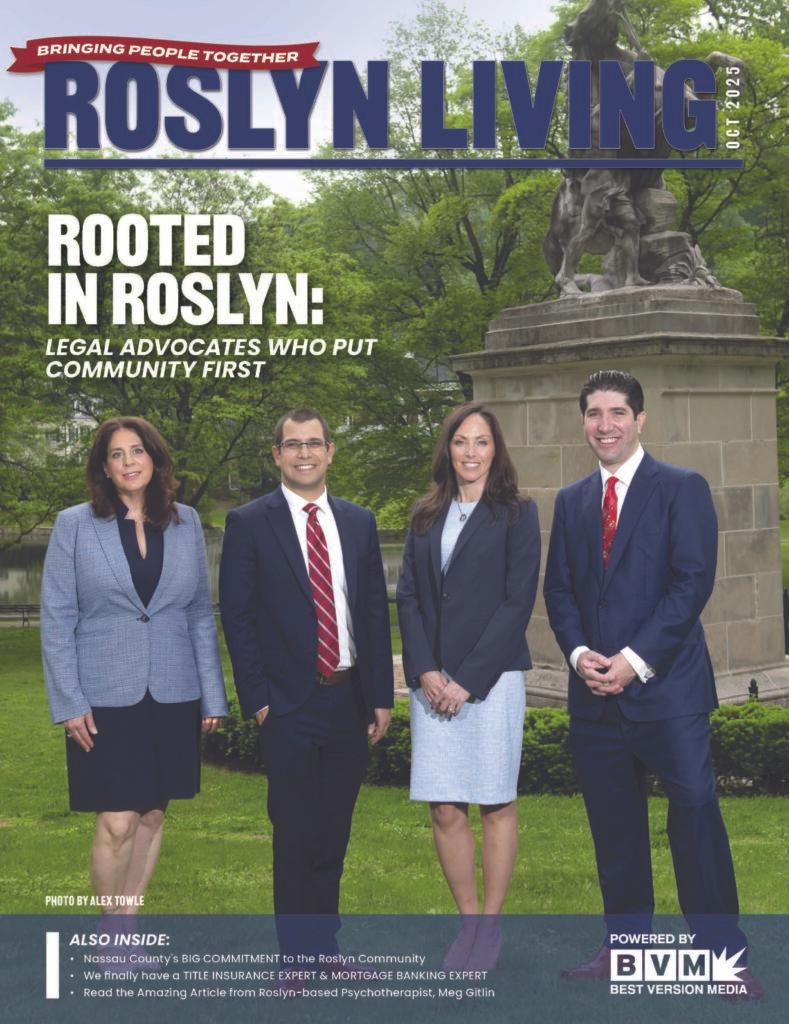New medical treatment guidelines proposed by the New York State Workers Compensation Board will become effective December 1, 2010. The use of the Guidelines will be mandatory for treatment rendered to the mid back, low back, knee, shoulder and neck for dates of service on or after December 1, 2010, regardless of the date of injury. The anatomical areas which the Board has selected in its new treatment guidelines are areas of the body that represent the most common and most costly workplace injuries. Together, they account for 40% of workers compensation claims and 60% of the system’s medical costs.
The Board’s stated goal in instituting the new treatment guidelines is to improve the quality of medical care; speed the delivery of medical care to the injured worker; reduce litigation; and eliminate unnecessary and potentially harmful treatment. These guidelines are also intended to improve and reduce disputes between payers and medical providers over treatment issues and to increase timely payments to providers. It is apparent that these new guidelines will have an effect on healthcare practitioners and their respective practices. It is too soon to evaluate whether or not the effect will be positive, negative or neutral. It does appear, however, that one of the goals of the new guidelines is to reduce the amount of treatment that injured workers will be receiving in the future.
Many of the treatment guidelines are conservative in nature and are expected to assist injured workers to return to work sooner and to remain at work without interruption, thereby resulting in fewer lost-days-of-work. It is hopeful that the Board has analyzed the possible long-term effects on injured employees. Otherwise, the actual result may be higher long-term costs to employers and the public.
Regardless of the effect, the guidelines will be implemented in approximately one month. As such, it is essential for medical providers and their staffs to become familiar with the new guidelines as they pertain to their respective areas of practice. This is a completely new process that involves new procedures, with both new and revised forms, so there are bound to be bumps in the road for all involved in the process.
For more information about the new treatment guidelines, or issues involving the workers compensation or no-fault insurance programs, please contact your attorney contact at our firm.





